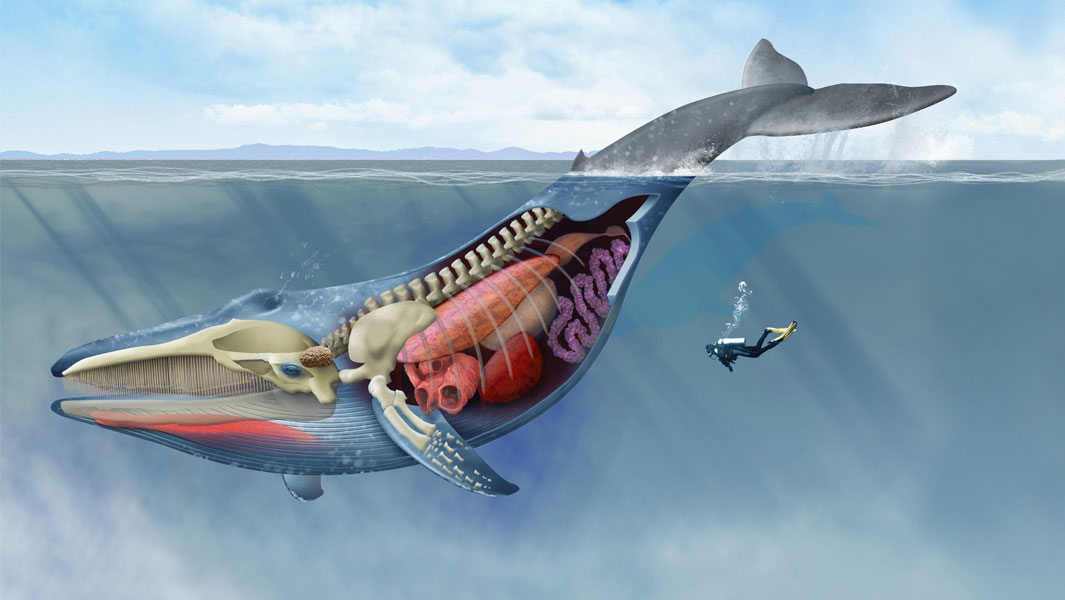
When Bianucci and his team recovered the colossal remains, they correctly assumed they belonged to a blue whale. In the end, it was paleontologist Giovanni Bianucci of the University of Pisa who managed to claim this historical prize.

It took three fall seasons to successfully lower the lake’s water level without jeopardizing the farmer’s harvest. “I don’t think species can evolve to such a size overnight.”īiology Letters The fossil’s cranium in dorsal view. “The fact that such a large whale existed that long ago suggests that large whales had been around for quite a while,” said study co-author Felix Marx, a paleontologist at the Royal Belgian Institute of Natural Sciences in Brussels. Published in the journal Biology Letters, the research described an impressively large skull and suggests the fossil’s age has forced evolutionary biologists to reassess the entire species’ historical timeline. Though its size falls short of modern-day blue whales by 15 feet, the find has more consequential ramifications to consider.

And we now know this thanks to the largest ancient blue whale fossil ever found.Īccording to National Geographic, the 85-foot-long specimen is now officially the largest on record. What hasn’t been known until now, however, is that the ocean giant roamed the planet far earlier than previously established - 1.5 million years ago, during the early Pleistocene. Scientists have long known that the blue whale is the largest animal that has ever lived. Wikimedia Commons A blue whale skeleton in London’s Natural History Museum.


 0 kommentar(er)
0 kommentar(er)
